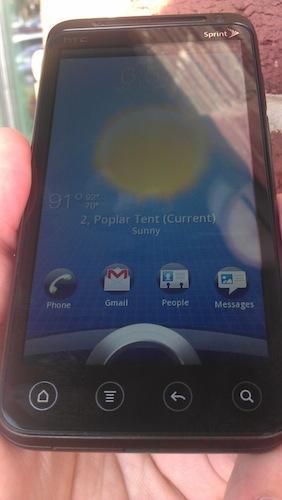
Though it's hard to believe in today's wireless marketplace, there was a time where Android phones weren't coming out every week. As recently as 18 months ago, the pace of Android was considerably slower, and anti-iOS customers were waiting for the ultimate Android phone to challenge the reign of the iPhone. CTIA 2010 brought the HTC EVO 4G, the first real iPhone competitor on the Android platform. Since then, we've seen a flurry of innovation on the Android platform, from dual-core processors, to "holy wow, that's huge!" displays, to "holy wow, that's huge!" high-resolution displays, to front-facing cameras for video calling.
Debuting tomorrow (June 24th), the HTC EVO 3D is the carrier's newest flagship Android smartphone, and while it follows in the footsteps of the original device, it's quite the upgrade. It packs a 1.2 GHz dual-core Qualcomm Snapdragon processor, 4.3-inch stereoscopic qHD display (that's right, no 3D glasses required), dual 5-megapixel cameras with 720p video recording capabilities, and Android 2.3. Though the packed spec sheet is impressive, there are a number of hot Android devices on the horizon. Is the EVO 3D the phone to get?
I'm happy to say the box looks a bit better this time around; it's a glue-free box, and inside, you get an AC adapter, USB cable, instruction manuals, and an 8 GB microSD card (which is installed in the phone). The EVO 3D is longer and thinner than the previous version, thanks to a narrower 4.3-inch high-resolution qHD display that packs 540 x 960 pixels. Image quality is impressive, and unlike previous qHD displays I've seen from Motorola and other manufacturers, the EVO 3D's shows no pixelation whatsoever.
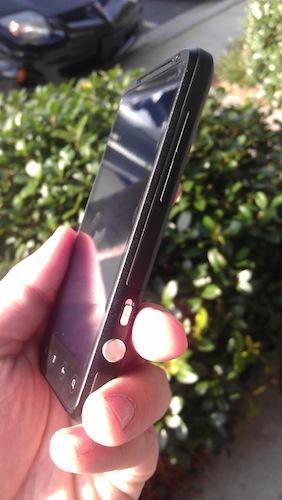
On the left side of the phone, you'll find the microUSB charging port (which has been conveniently moved up to allow for easier text messaging); on the right side, the volume rocker, a 2D/3D toggle, and a large camera button; and on the top, the 3.5mm headphone jack and power button. Tipping the scales at six ounces, the EVO 3D is on the bulkier side, so those trying to fit it into small pockets may have trouble.
Shipping with Android 2.3 (Gingerbread) and HTC's Sense 3.0 user interface, the EVO 3D is up-to-date on the software front. While it's not a revolutionary bump from previous versions of the user interface, Sense 3.0 offers new features like a revamped lockscreen, new homescreen "carousel" graphic, and some minor changes to the app drawer. Introduced in Sense 2.0 (the version on the HTC ThunderBolt and Inspire 4G), Sense 3.0 also offers the easy-to-use "Personalize" menu. In it, you'll find the ability to customize everything on the device, from the lockscreen to the ringtones.
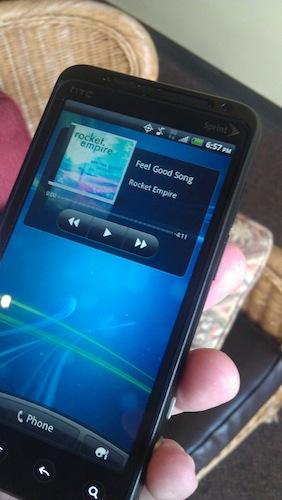
Along with the usual Sprint applications like Sprint TV and Mobile Hotspot, the EVO 3D comes with HTC Hub, which allows you to download additional themes, ringtones, and wallpapers directly from HTC for your device.
Despite having the same 1.2 GHz Snapdragon processor, the HTC EVO 3D is slightly faster than its cousin, the HTC Sensation 4G. It's probably due to the added RAM (768 MB versus 1 GB on the EVO 3D), but settings can change from carrier to carrier. Still, EVO 3D lags from time to time, which is a disappointment for a device with such a powerful list of specifications.
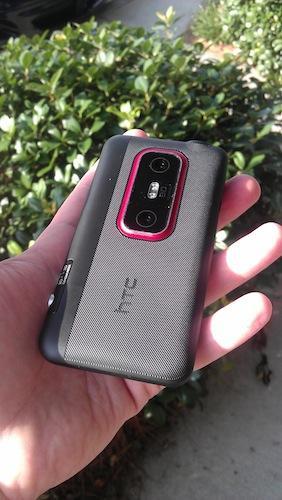
EVO 3D packs two 5-megapixel cameras that are capable of shooting 720p HD video in 2D and 3D (initial press releases incorrectly claimed that it could shoot in 1080p). Overall, 2D pictures were decent provided the right amount of light. When testing the 720p HD video capabilities, I noticed that the sound would suddenly cut out in the middle of every single video. Though it's the first 3D smartphone to come to a US carrier, I've been working with the unlocked LG Optimus 3D, and I have to say, EVO's 3D abilities aren't as strong. The colors seem to be a bit washed out, and the 3D effect is more brash than the Optimus 3D. After viewing it for five or ten minutes, I had a headache.
Call quality has been fine, though overall reception seems a bit off. The earpiece is loud, and my callers were pleased with how I sounded. I took the EVO 3D to a Sprint dead zone in North Charlotte to test call quality, and while the call didn't drop, it was so choppy that I couldn't understand my caller. I paired the EVO 3D to my Plantronics Voyager Pro Bluetooth headset without a problem.
Data speeds have been very unimpressive. It may be a Sprint issue that's isolated to the Charlotte metro area, but most of the 3G download speeds I've attained across the city have ranged from 0.10 Mbps to 0.86 Mbps, with upload speeds ranging from 0.05 Mbps to 0.30 Mbps. Occasionally, I was able to pass the 1 Mbps mark, but it was rare. Sprint has been experiencing issues in this area since the last text messaging outage, so the network is to blame for part of it. Despite that, the EVO 3D's wireless radio struggles in areas where the Samsung Nexus S 4G and HTC EVO 4G don't. During one test, I was standing within eyesight of a Sprint cell site. The Nexus S 4G and EVO 4G both had full service, while the EVO 3D hovered between two and three bars of service. I've requested an additional unit to make sure that it's not the device itself; I'll provide an update when I receive it.
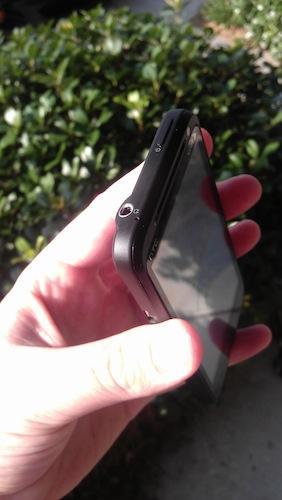
Packing a 1,730 mAh battery, you'd think the EVO 3D would provide a substantially better battery experience than its predecessor, but it doesn't. With moderate use including calling, text messaging, browsing the web, downloading a few apps, and taking a few pictures, I made it roughly 10 hours before the device powered down. Activate 3D or any other battery-intensive task, and you'll need to keep a spare charger at hand.
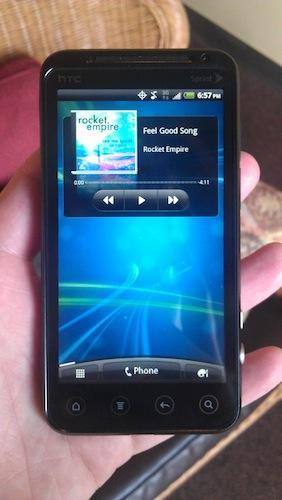
The dual-core processor, 3D capabilities, high-resolution display, and inclusion of Android 2.3 makes the EVO 3D a nice evolutionary upgrade to the original device. HTC also takes the EVO line to new heights with Sense 3.0, which enhances the Android experience by offering additional personalization options and access to HTC Hub for ringtones, wallpapers, themes, and more. Sadly, the EVO 3D seems to suffer in the reception department, data speeds have been very poor, and the 3D capabilities aren't ready for primetime just yet. It's the best Android phone yet on Sprint, but if you'll be relying on the carrier's 3G network for data connectivity, you may want to consider another device. The HTC EVO 3D launches on June 24th for $199.99 with a two-year agreement.
What's Good: In addition to the 3D capabilities, the EVO 3D packs some welcome upgrades like a dual-core processor, newer software, and an improved display.
What's Bad: Reception isn't the best; data speeds have been disappointing; battery life is mediocre.
The Verdict: The HTC EVO 3D packs some much-needed enhancements to the original, like a dual-core processor, Android 2.3, and HTC Sense 3.0. Unfortunately, the signal strength is sub-par, and the battery life leaves a lot to be desired.